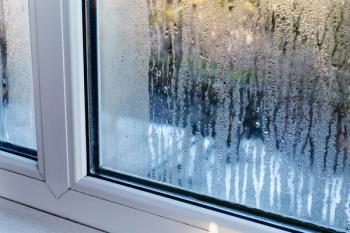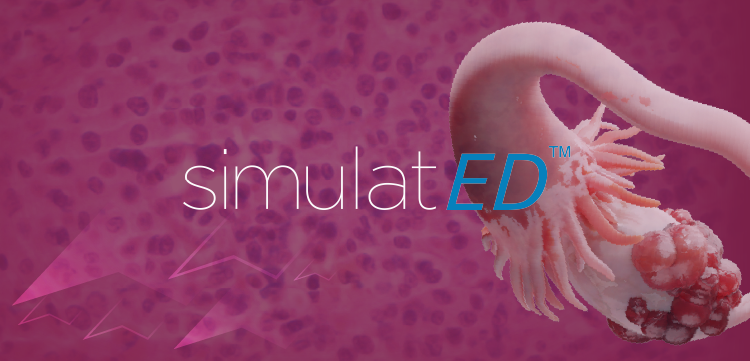
Supplemental imaging in high-risk breast cancer: mixed results
Using ultrasound or MRI to augment mammography in women with elevated cancer risk and dense breast tissue benefits some patients-but not all.
Although adding ultrasound (u/s) to mammography in women with elevated cancer risk and dense breast tissue found slightly more disease, it also produced more false-positive results, leading to more biopsies.
Patient selection is critical: MRI found more early stage cancers than mammography with u/s, but it was less acceptable to patients.
Adding screening ultrasound or MRI to mammography in women at high risk for breast cancer detects more disease-and also increases false-positive results, according to a recent study.
The
Adding u/s to mammography detected an additional 3.7 cancers per 1,000 women screened, compared with mammography alone, the authors write. The majority of u/s-detected cancers were node negative and invasive. The cancer detection benefit realized with the first screen persisted with each annual screening. Although the risk of false-positive results decreased with annual screening u/s after the initial screen, screening u/s prompted about 5% of the women to receive biopsies, and only about 7.4% of them had cancer.
MRI was significantly less tolerable to the women than either mammography or u/s. Slightly more than half of the women accepted the invitation for MRI, even at no cost. Although MRI significantly increased detection of early breast cancer compared with combined mammography and u/s, the low clinically detected interval cancer rate (8%) and the fact that all interval cancers were node negative at diagnosis made it unclear whether the higher cost and reduced tolerability of the technology are justified in women at intermediate risk for breast cancer in lieu of supplemental screening with u/s. About 7% of the women received biopsies because of MRI findings; 19% of those had cancer.
Supplemental screening with u/s and mammography makes sense for high-risk women unable to undergo MRI and for intermediate-risk women with dense breasts, including those with a personal history of breast cancer, the authors concluded. The risk of false-positive results with either u/s or MRI was lower among women with a personal history of breast cancer than those without.
The study was published in JAMA. 2012;307[13]:1394-1404.
Read other articles in this issue of
Newsletter
Get the latest clinical updates, case studies, and expert commentary in obstetric and gynecologic care. Sign up now to stay informed.











